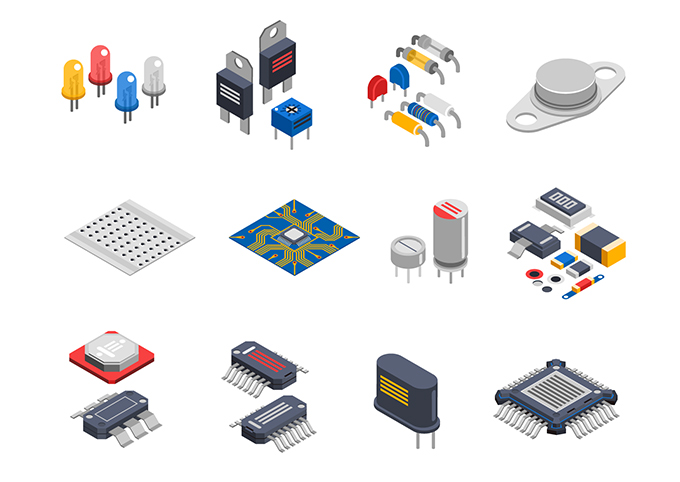Unveiling the Distinction: Interface vs. Component in the Digital Landscape
2 min read
In the ever-evolving digital landscape, the terms interface and component are frequently used but often misunderstood. Both play crucial roles in software development and user experience, yet they possess distinct characteristics and functions. In this article, we will delve into the depths of these concepts, unraveling their true essence and shedding light on their significance in the realm of technology.
Section 1: Understanding Interfaces
1.1 Defining Interfaces:
- An interface serves as a contract or blueprint that defines the methods, properties, and events that an object must implement.
- It establishes a set of rules and guidelines for communication between different software components.
- Interfaces facilitate code reusability, modularity, and maintainability.
1.2 Key Features of Interfaces:
- Interfaces are abstract and cannot be instantiated.
- They provide a way to achieve multiple inheritances in programming languages that do not support it directly.
- Interfaces enable polymorphism, allowing objects of different classes to be treated interchangeably.
1.3 Use Cases of Interfaces:
- Interfaces are commonly employed in object-oriented programming to enforce consistency and standardization.
- They enable loose coupling between components, promoting flexibility and scalability.
- Interfaces are instrumental in creating pluggable architectures, where different implementations can be seamlessly integrated.
Section 2: Unveiling Components
2.1 Defining Components:
- A component is a self-contained, reusable software unit that encapsulates functionality and data.
- It can be a standalone entity or part of a larger system, providing specific services or features.
- Components promote code organization, reusability, and modular development.
2.2 Key Features of Components:
- Components have well-defined boundaries and interfaces, allowing them to be easily integrated into different systems.
- They exhibit high cohesion, encapsulating related functionality within a single unit.
- Components can be independently developed, tested, and deployed, enhancing productivity and collaboration.
2.3 Use Cases of Components:
- Components are widely used in software engineering to build complex systems from smaller, manageable parts.
- They enable the development of scalable and extensible applications by promoting code reuse.
- Components facilitate system maintenance and updates by isolating changes within specific units.
Section 3: Interface vs. Component: Bridging the Gap
3.1 Relationship between Interfaces and Components:
- Interfaces and components are interconnected, with interfaces defining the contract for communication between components.
- Components often implement one or more interfaces, adhering to the rules and guidelines established by them.
- Interfaces provide a level of abstraction, allowing components to be interchanged without affecting the overall system.
3.2 Differentiating Interfaces and Components:
- Interfaces focus on defining the methods, properties, and events that a component must expose.
- Components, on the other hand, encapsulate functionality and data, providing specific services or features.
Conclusion:
In the vast realm of technology, understanding the distinction between interfaces and components is crucial for software developers, architects, and designers. While interfaces establish communication protocols and enforce consistency, components encapsulate functionality and promote reusability. By harnessing the power of both interfaces and components, developers can create robust, modular, and scalable systems that cater to the ever-changing needs of the digital world.
